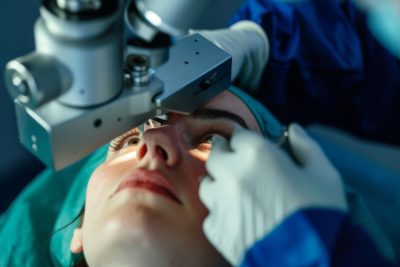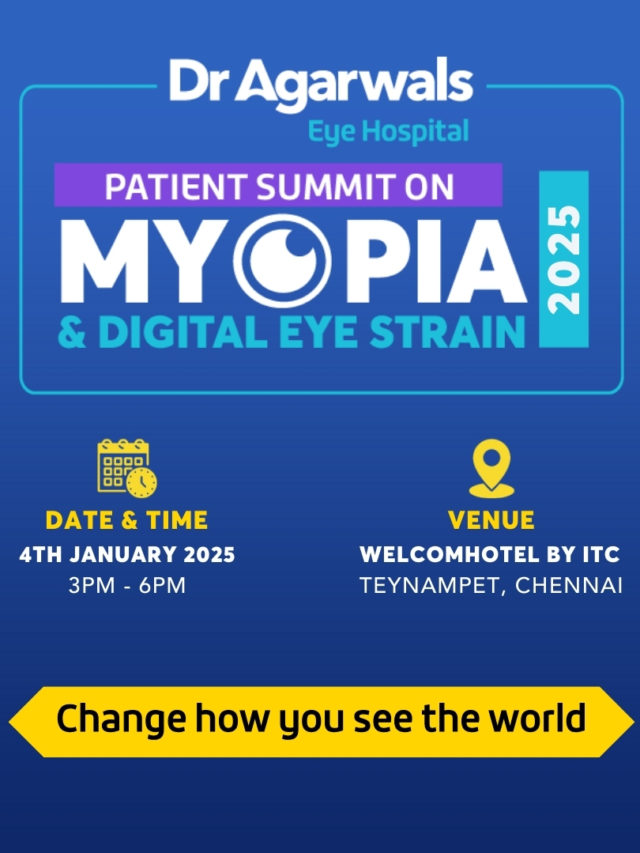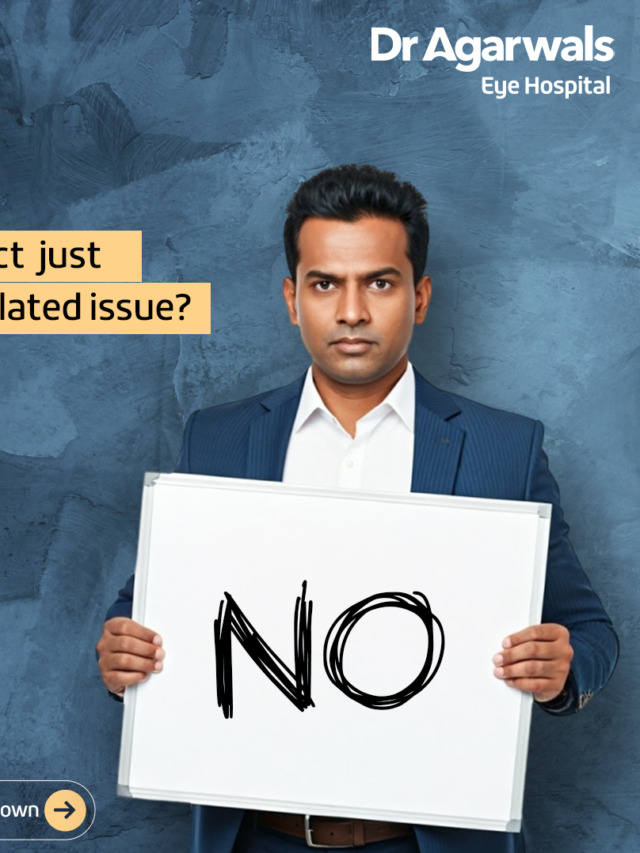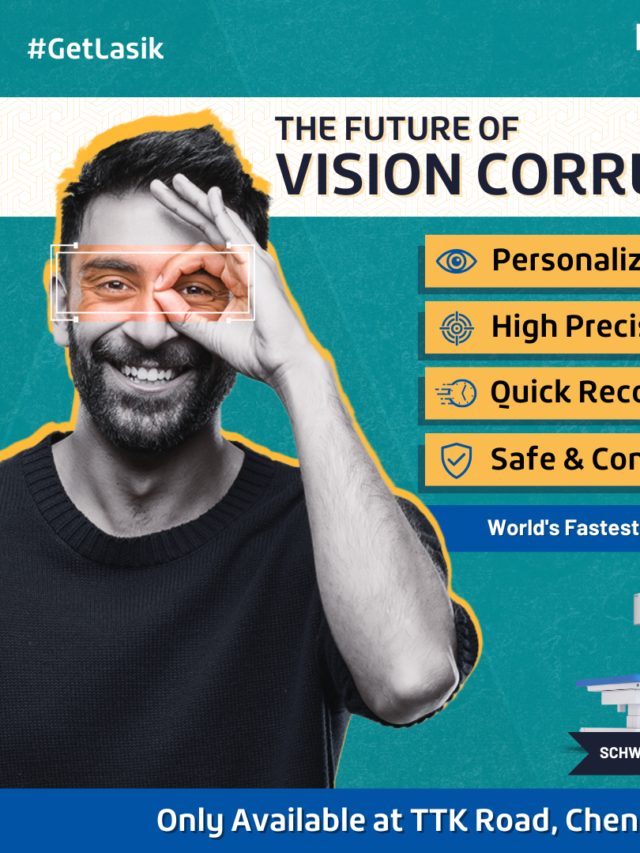Laser-Assisted In Situ Keratomileusis, commonly known as LASIK, is one of the most widely performed procedures for correcting refractive errors such as myopia, hyperopia, and astigmatism. It offers long-term freedom from spectacles or contact lenses, making it an attractive option for many patients.
However, age plays a significant role in determining candidacy. Understanding the minimum age for LASIK surgery and the best age for LASIK surgery is important to ensure safe, effective, and lasting outcomes.
For those seeking advanced technology, Contoura LASIK is an option that provides customised treatment based on corneal topography, improving precision and visual quality. It is often considered for patients looking for sharper and more personalised results.
What is LASIK Surgery?
LASIK is a laser-based refractive surgery designed to reshape the cornea and improve how light is focused onto the retina. During the procedure, a thin corneal flap is created using a femtosecond laser, after which an excimer laser reshapes the underlying corneal tissue. The flap is then repositioned, allowing rapid recovery.
LASIK is generally painless, takes less than 30 minutes for both eyes, and offers immediate visual improvements. It remains a preferred option due to its high success rates and the quick rehabilitation it enables.
Minimum Age for LASIK Surgery
What is the Minimum Age for LASIK?
The minimum age for LASIK surgery is typically 18 years, as the eyes need to reach visual maturity before undergoing permanent correction. At younger ages, prescriptions for glasses or contact lenses often continue to change due to natural eye growth.
Performing LASIK before visual stability increases the risk of regression, where eyesight deteriorates again after surgery. For this reason, most ophthalmologists recommend waiting until the age of 18 or older, with at least one to two years of stable vision prescription.
Why is Age Important for LASIK?
Age is a vital factor in LASIK because the eye undergoes structural and physiological changes over time. In younger patients, the vision prescription may not yet have stabilised, making outcomes unpredictable. In older adults, other age-related conditions such as presbyopia, cataracts, or glaucoma may influence candidacy and surgical planning.
By considering age, ophthalmologists can ensure that the procedure is both safe and effective and tailored to long-term vision goals. Thus, the best age for LASIK surgery balances stability, corneal health, and lifestyle needs.
How LASIK Benefits Vary by Age Group
For Children and Teens – Under 18 Years
LASIK is not recommended for children and teenagers below 18 because their eyes are still developing. During this period, prescriptions for glasses can change significantly, and performing surgery too early may result in regression or the need for repeat procedures.
Instead, glasses or contact lenses remain the safest corrective options. Parents should also be aware that regulatory guidelines typically restrict LASIK for minors. Early treatment should focus on regular eye check-ups to track vision changes until adulthood.
For Young Adults – 18 to 40 Years
The best age for LASIK surgery is often considered to be between 18 and 40 years. At this stage, most individuals have stable prescriptions and healthy corneas, making them ideal candidates for this procedure. LASIK in this age group offers freedom from glasses, making everyday activities, sports, and work easier.
Results are usually long-lasting, with excellent visual outcomes. Lifestyle and occupation also play a role, as many professionals and students opt for LASIK during these years to reduce their dependence on corrective eyewear.
For Middle-Aged Adults – 40 to 60 Years
Between the ages of 40 and 60, LASIK can still be beneficial, but it must be carefully assessed. Many people begin to develop presbyopia, a natural decline in near vision that requires reading glasses. LASIK can effectively correct distance vision, but it may not eliminate the need for reading glasses.
Options such as monovision LASIK, where one eye is corrected for distance and the other for near tasks, may be considered. Proper evaluation is essential to achieve the best outcomes in this group.
For Older Adults – 60 Years and Above
Patients over 60 years of age may experience age-related changes, such as cataracts, glaucoma, or retinal conditions, which can impact LASIK candidacy. Although LASIK may still be performed in selected cases, cataract surgery with intraocular lens implantation is often preferred for visual correction at this stage.
Additionally, healing responses slow with age, and dry eye problems are more common, which can influence recovery. A thorough evaluation by an experienced ophthalmologist is necessary to determine whether LASIK remains a safe and effective choice.
Key Factors for Seniors (Over 60)
Managing Pre-existing Health Conditions
For seniors considering vision correction, managing pre-existing health conditions is essential. Common conditions such as diabetes, hypertension, or autoimmune diseases can impact healing and outcomes after LASIK. Moreover, ocular conditions like cataracts or glaucoma may limit suitability for laser surgery.
In such cases, alternative procedures such as cataract extraction with premium intraocular lenses may provide more predictable results. Careful screening helps ensure that patients receive the most appropriate treatment for both their eye health and general well-being.
Addressing Near Vision Issues
One of the biggest challenges for seniors is presbyopia, which makes near tasks, such as reading and using digital devices, more difficult. LASIK cannot prevent or cure presbyopia, but techniques such as monovision correction can help reduce dependence on reading glasses.
Alternatively, refractive lens exchange or cataract surgery with multifocal intraocular lenses may offer better results for older patients. Discussing near-vision needs with an ophthalmologist is critical in choosing the right treatment and setting realistic expectations about post-surgery outcomes.
Conclusion
The minimum age for LASIK surgery is generally 18, but the best age for LASIK surgery is often between 18 and 40 years, when prescriptions are stable and corneal health is optimal. While younger patients are not suitable due to eye development, older adults require careful evaluation due to presbyopia and other age-related eye conditions.
Regardless of age, the decision should always be based on a comprehensive eye examination, visual stability, and lifestyle goals. Consulting an experienced ophthalmologist ensures safe, effective, and lasting vision correction.










